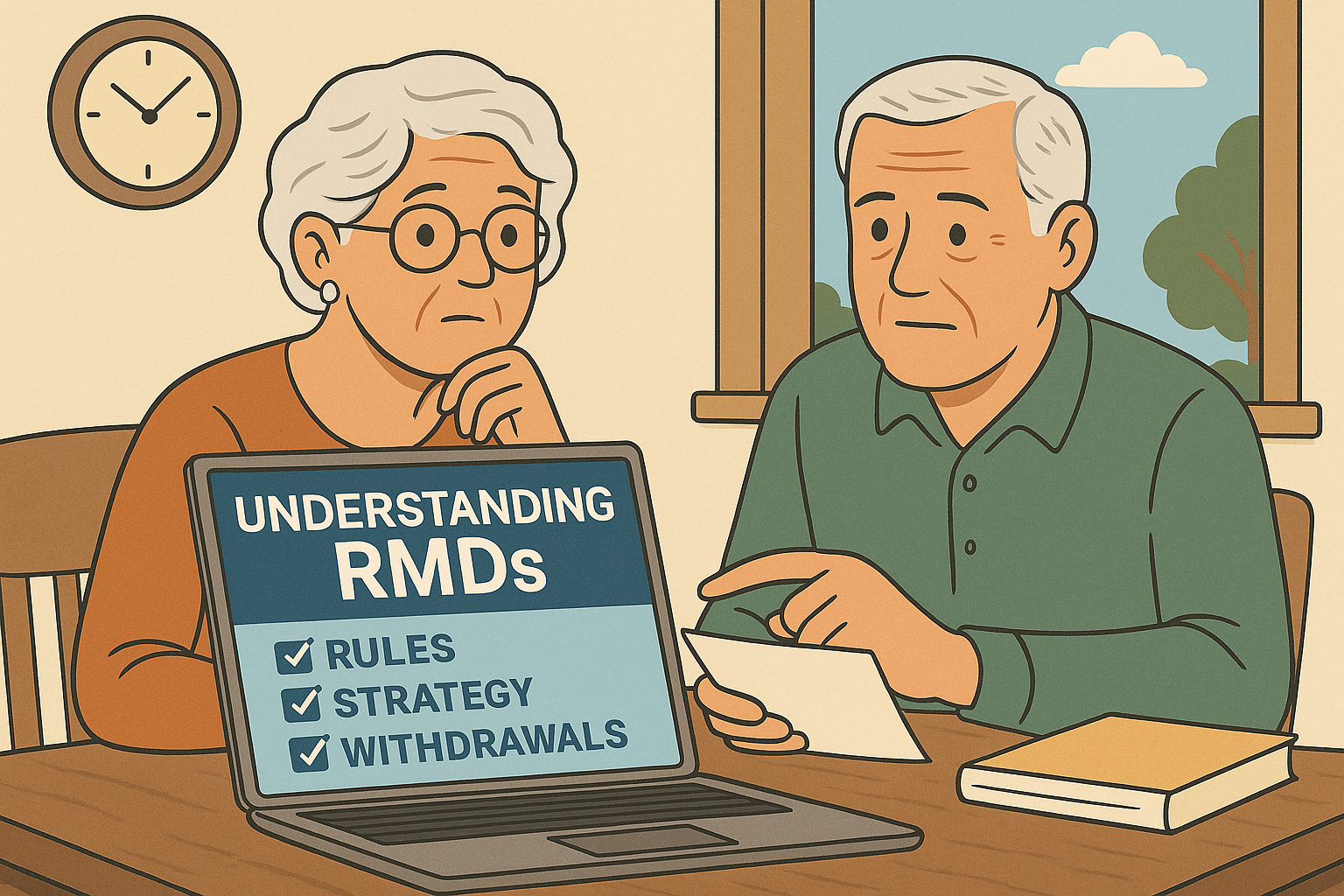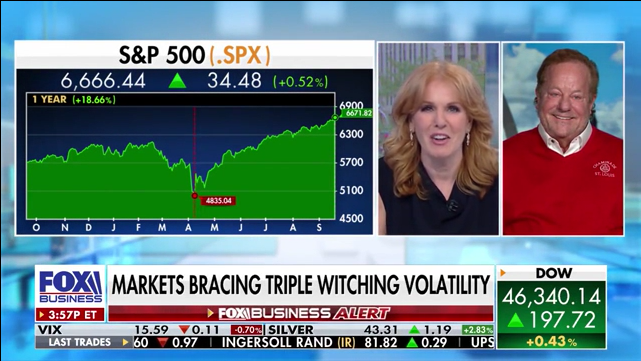Should investors go for the gold?
August 19, 2016
If you’re anything like the rest of the world, you’ve been obsessively watching as much of the Olympics as you possibly can over the past two weeks. Regardless of your favorite sports, your favorite athletes, your favorite storylines or even your nationality, one thing can be agreed upon: Gold is what everyone’s after, the contenders and the spectators alike.
As battles continue and the history book is being written, how much do you really know about gold?
Gold medals? Not quite
For starters, the Olympic gold medals aren’t really even gold. I hate to burst your bubble if you were under the impression that they were, but the last gold medal that was entirely made of gold was back in 1912. Rio’s gold medals are actually 494 grams of silver plated in 6 grams of gold, making them worth approximately $564 at today’s market prices. The host country is responsible for determining the design and composition, with some parameters:
- Medals must be at least 3 mm thick and 60 mm in diameter
- Minimum of least 6 grams of gold
- Made of at least 92.5 percent silver
- The gold medals have to be bathed in gold and plated in it
So surprisingly, the medals at each Olympic Games are quite distinctive, based on the host country's preferences. If the gold medals were still solid gold, each medal would be worth about $21,500. As of Monday of this week, gold was worth $43.17 per gram or $1,342.60 per ounce.
Although prizes for the victors of the ancient Greek Olympics were important, they weren’t gold, silver and bronze medallions. Instead, the athletes were presented symbolic prizes, such as a crown of leaves, and value prizes such as horses and bags of money. Typically the financial rewards came from the athletes’ hometowns, to which the winning athletes brought prestige. (Just like today, by the way.) The U.S. gives each gold medal winner $25,000, while Singapore offers three-quarters of a million dollars!
Investing in gold
There has been quite a bit of buzz this year surrounding gold — the precious metal, not the Olympic award — because of its impressive comeback and climb in price throughout 2016. And now you might be thinking, especially with the Olympics on your mind, that you want to invest in gold. Well, there are two different routes you can take to achieve that.
No doubt you’ve seen the commercials claiming that gold is the safest investment possible and to buy it while you still can! However, in today’s world, owning physical gold in coins or bullion isn’t very convenient. You need a safe place to store your gold. Transporting it can be costly. Your investment, like any wealth concentrated in material goods, is also exposed to theft and natural disasters, so there are those risks, plus insurance costs to consider.
For these reasons, many have turned to investing in Gold ETFs. The SPDR Gold ETF-GLD is one of the most popular vehicles for indirectly investing in gold. But realize that you’re really not investing in gold. You own shares of an ETF that is backed by gold. You cannot trade in your shares for physical bullion at any point.
You may now be asking if gold is even a good investment. Most pro-gold investors would say the best reason to buy some gold is as a hedge against inflation. If the value of gold remained constant in terms of the amount of goods and services it could buy, that would be true. But like all investments, the value of gold fluctuates over time, so it’s up to you to decide.
What I will do is leave you with some paraphrased commentary from the famed investor Warren Buffett: Gold produces nothing, it pays no interest or dividends, and when you hug it, it doesn’t hug you back.
The Olympics — warm and fuzzy. Gold — maybe not so much.
Jennifer Pagliara is a financial adviser with CapWealth Advisors. Her column appears every other week in The Tennessean. For more information, visit www.capwealthadvisors.com.














